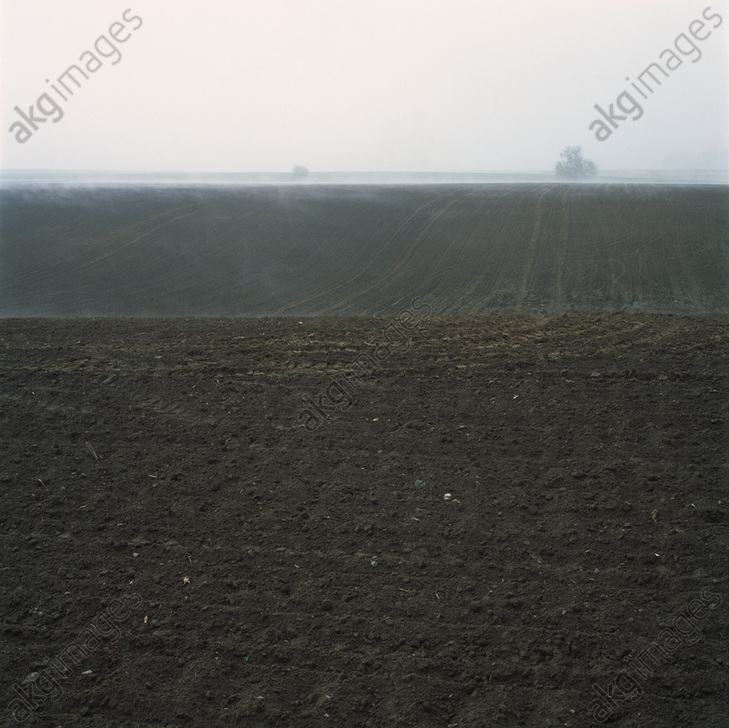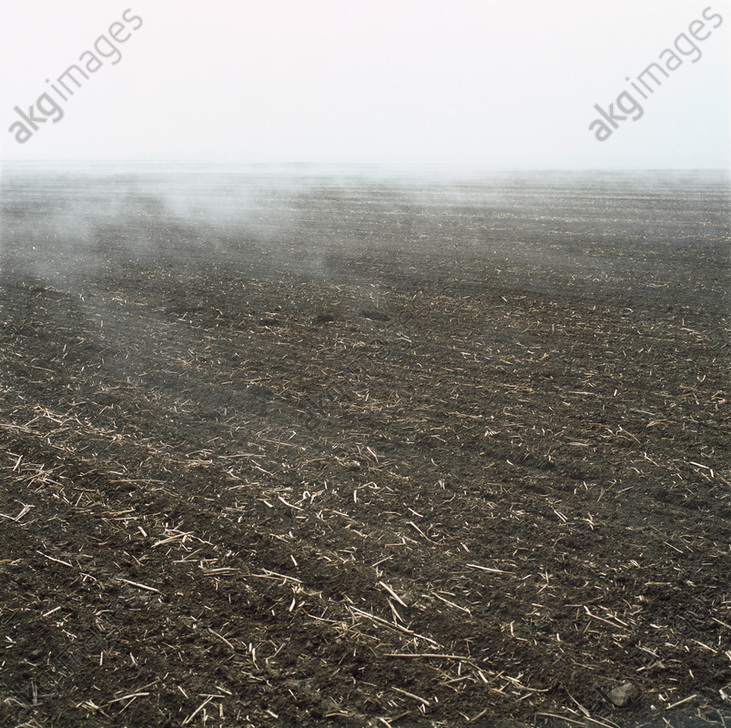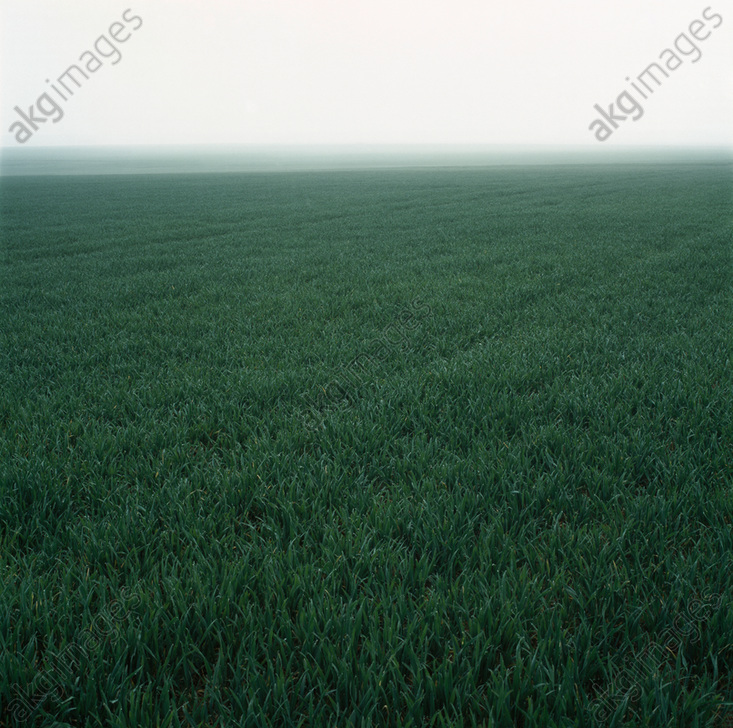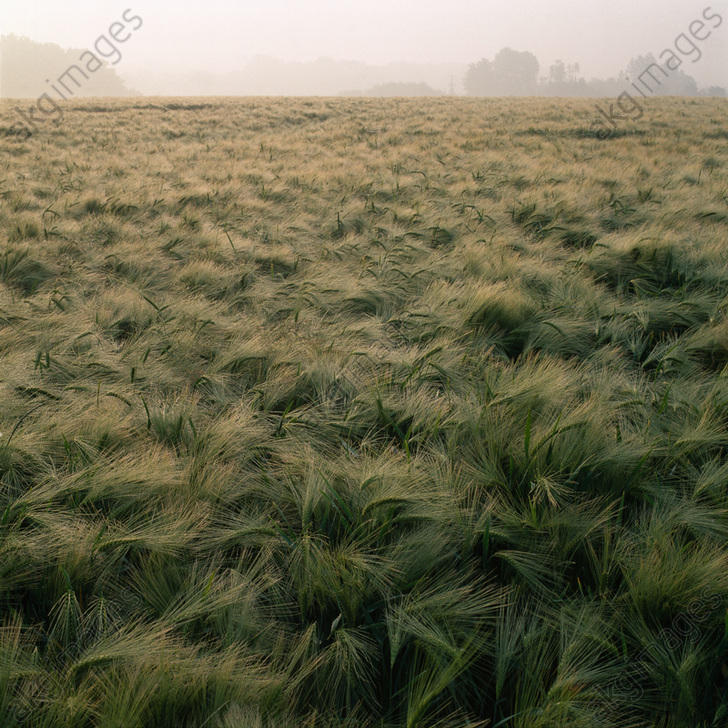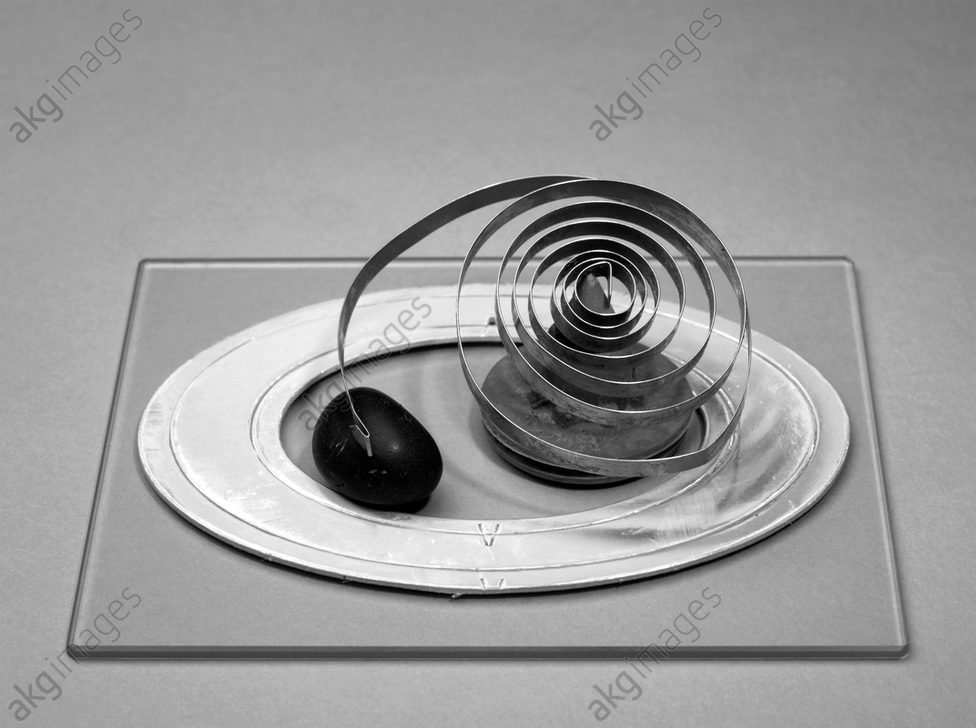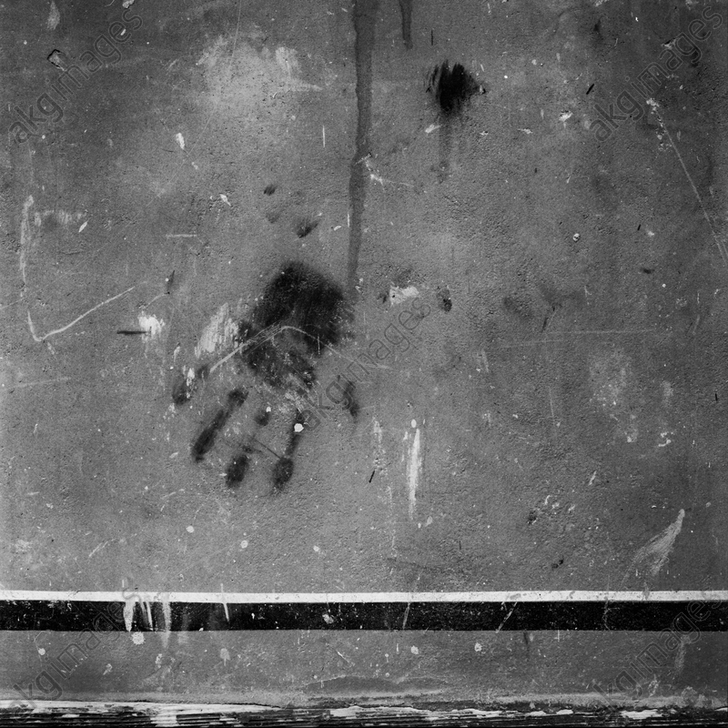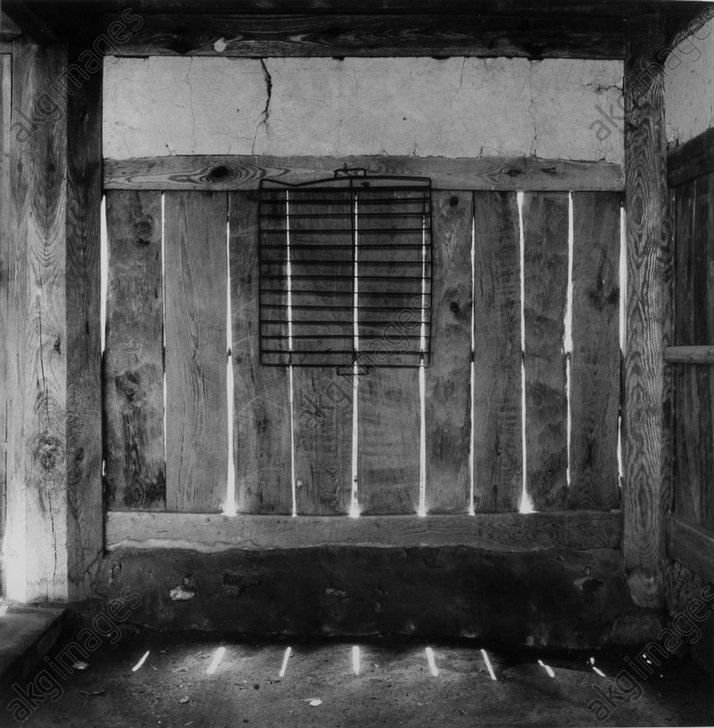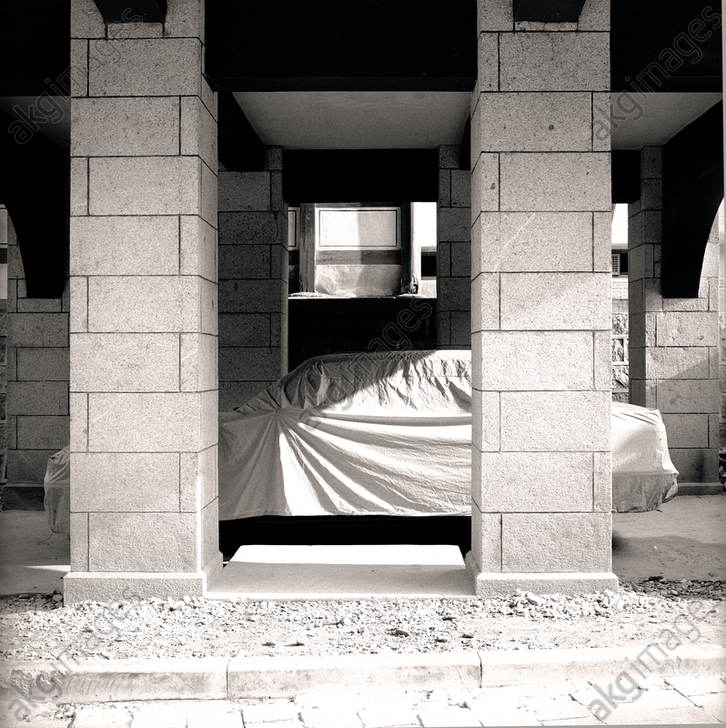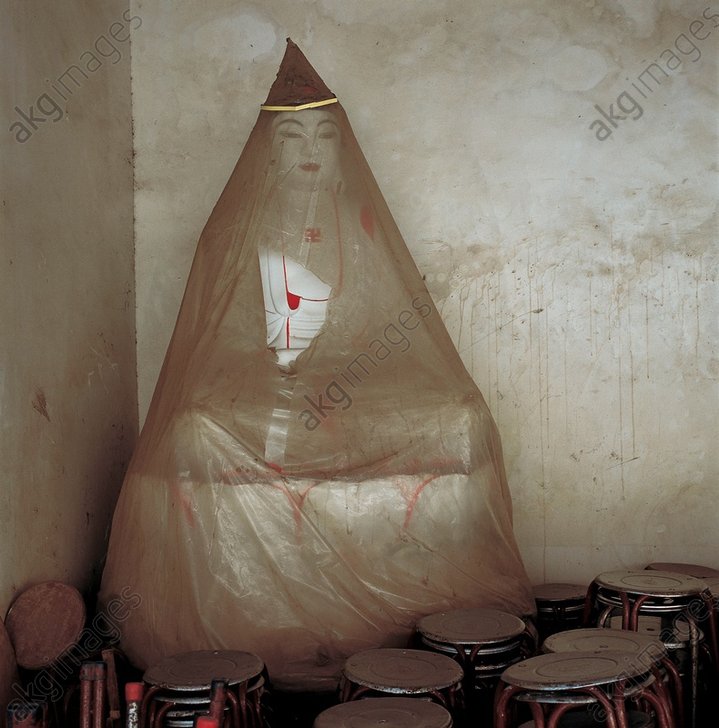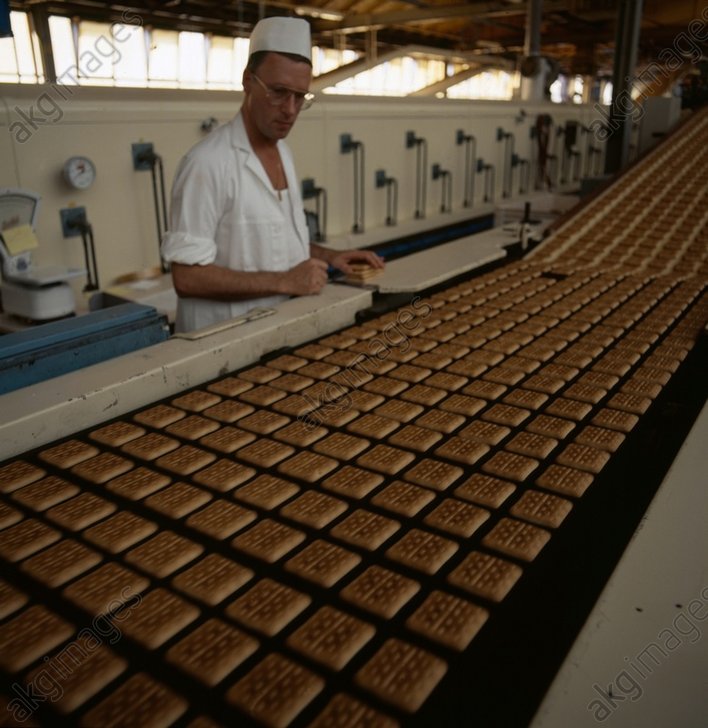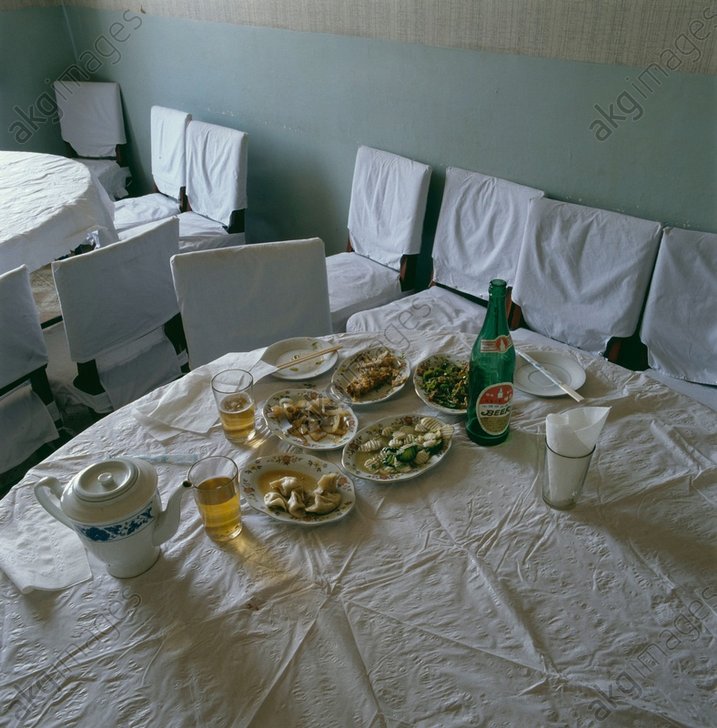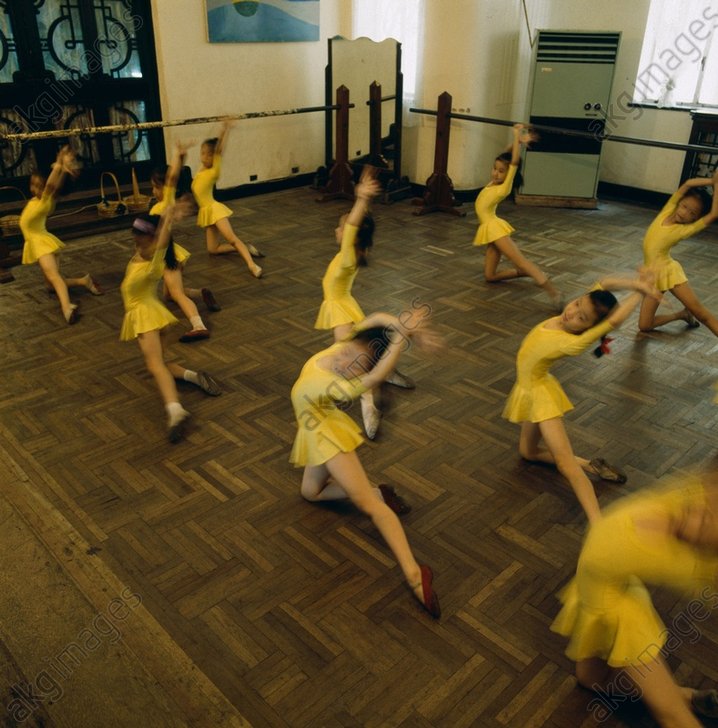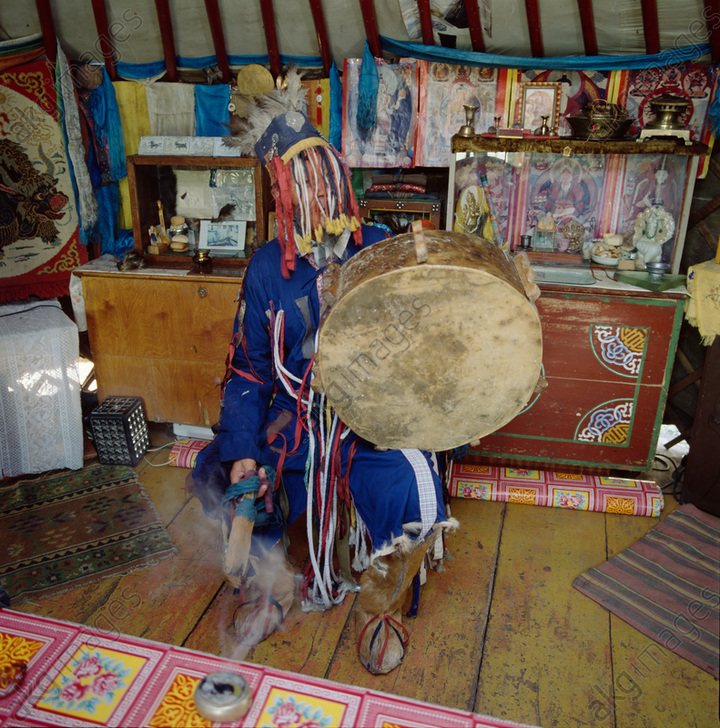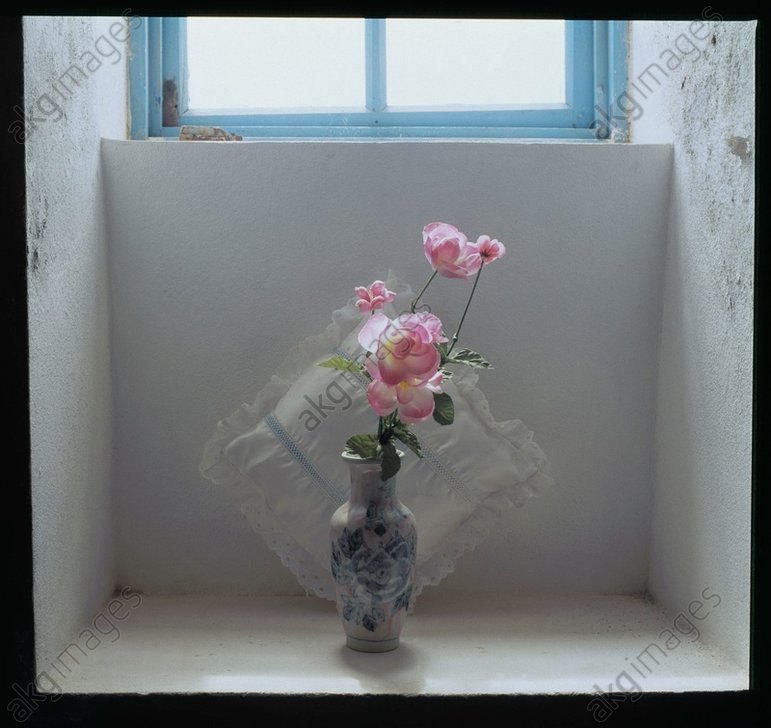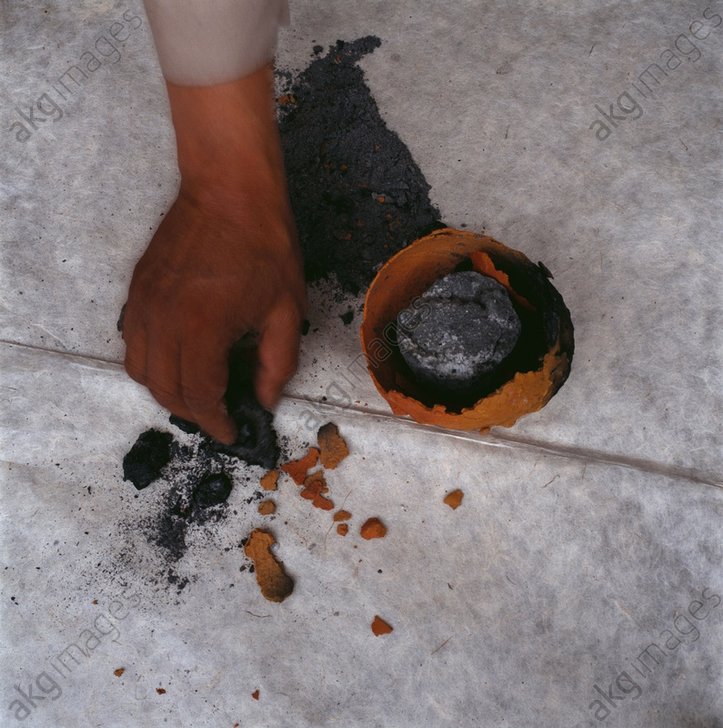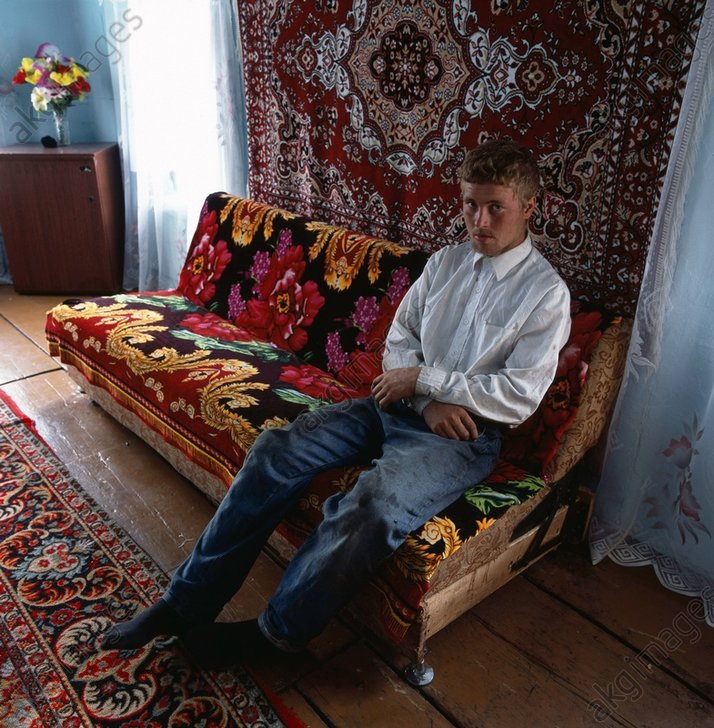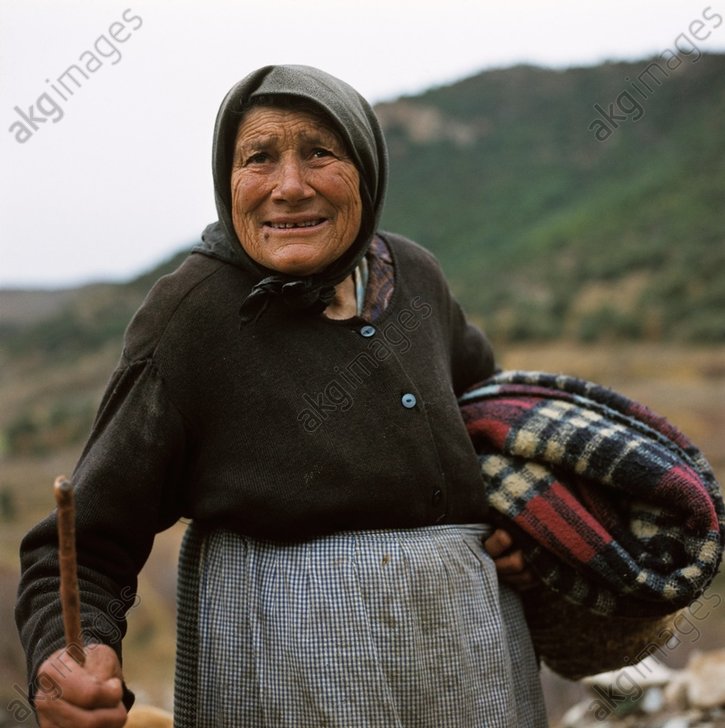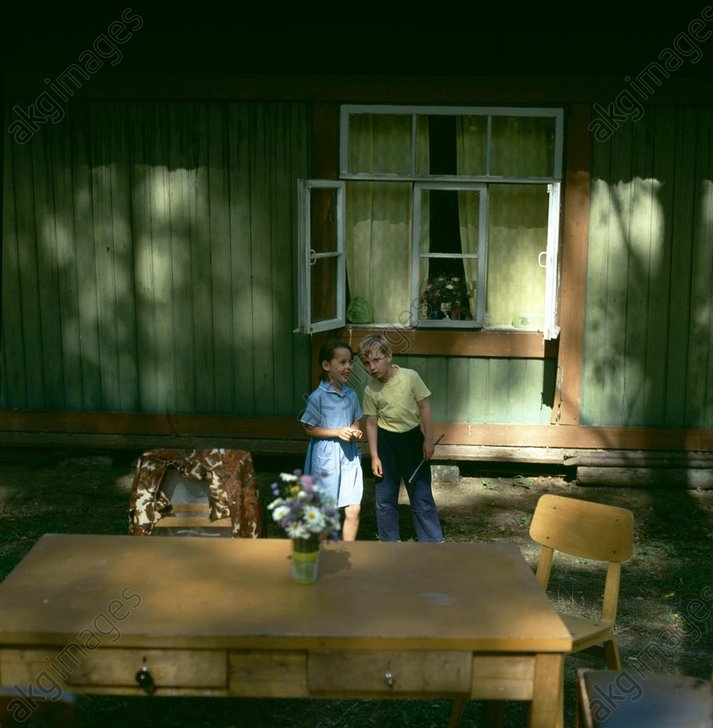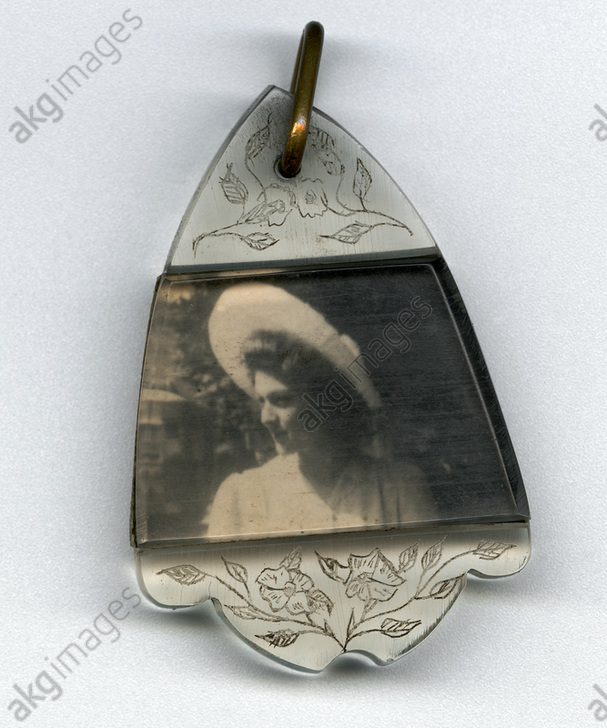Mark De Fraeye
Mark De Fraeye was born in Coquilhatstad, Belgisch-Congo [today: Mbandaka, Democratic Republic of Congo] on Dezember 25th, 1949. After studying film and photography from 1969 until 1971 at the ›LUCA school of Arts‹ in Brussels he began [starting in the late 1980s] to travel through many countries in Asia, finding his inspiration on trips through China, South Korea, Japan, Tibet, Nepal, India, Vietnam and Taiwan.1
Early on he specialized in ethnologic photography, capturing his observations of landscapes, people and everyday life in sensitive photos. His photographs show remnants of untouched traditions, alternative healing methods and are a visual testimony of the most diverse religious life. In addition De Fraeye’s work includes abstract, artistic photographs of landscape and still life, mostly taken in black and white. His work has been shown in galleries and museums throughout the world and has been published in numerous publications, a list of which can be found on his website.
De Fraeye now retired professor of photography of the ›Karel de Grote University of Applied Sciences and Art‹ , lives in Hannut, Belgium. 2020 he donated his complete photographic premature legacy to the independent and pluralist, public utility ›King Baudouin Foundation‹ in Brussels, Belgium. The physical archive includes around 40.000 photos on reversal medium format film, several series of black-and-white artist’s proofs as well as a collection of historical photographs from the 19th and 20th centuries [stereoscopic images, autochrome plates, carte de visites, cabinet cards, framed photographs and photoalbums] compiled by De Fraeye which are now professionally archived in the premises of akg-images in Berlin and are continuously and systematically processed. So far more than 8.500 images have been digitalised and made accessible trough our website.
We want to thank Mark De Fraeye for taking the time to answer a few questions about his work and life as a photographer.
After working for some decades as a photographer you donated your entire photographic oeuvre last year to the King Baudouin Foundation. How difficult was it for you to [physical] part with your life’s work?
De Fraeye: My photographic career started in 1971, after 50 years, it is the right moment now to settle this photographic oeuvre in a cultural heritage foundation. I am very grateful to the people who gave me the chance to produce this oeuvre and I am convinced that the foundation will take good care of it. It´s primary goal is to make the archive accessible and determine its value for scientific research (visual ethnology).

Have you since stopped taking photos? Or is a camera still your constant companion?
De Fraeye: Recently, I’m questioning the photographic process. Photography: writing with light? I don’t like to put photography in cages, but I’m working on two levels: autonomous photography (art) and ethnologic photography (ethnography). To me, a decisive moment to combine both aspects. A picture is worth a 1.000 words …
What was it that initially drew you to photography? How and when did you get started and at what point did you decide that you are going to be a photographer?
De Fraeye: Born as a Christmas child on the equator in Congo and having to return to Belgium, due to the revolution, when I was 12 years old; I feel like a nomad. Thanks to studying film/photography, at LUCA school of arts Brussels, I could be a world citizen with a humanistic viewpoint.
Your photographs speak of a fascination for people, different cultures and traditions. Which encounters and/ or experiences during your travels have been among the most influential/ touching/ formative for you?
De Fraeye: The photographic process is always a work in progress. People, cultures and traditions have different aspects. I love folk art, where the expression is coming from the stomach/heart and the eyes and is not directly a creation of the brain. Similar to a photograph, that may have different readings on time.
What made you decide to work in countries like South Korea? Or Mongolia?
De Fraeye: I adopted 2 Korean kids and had the wish to know more about their homeland. And related to Korea, I could also work and reflect on Asia.
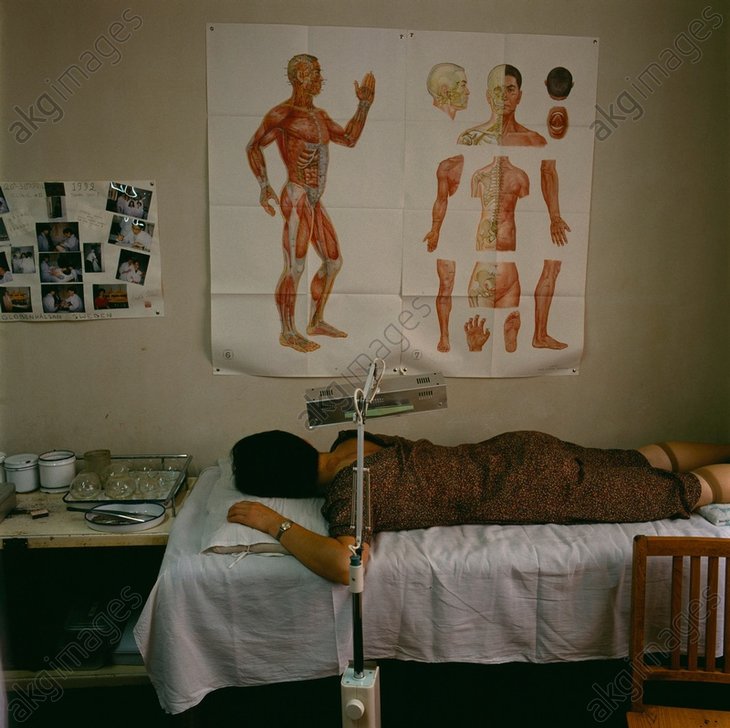
I wonder if you could talk a little bit about your photographic process and approach to the subject? Do you have a clear vision of the final work, strategy or intention in mind in the beginning or do you observe and are open to what presents itself to you?
De Fraeye: I am lucky to own a solid base on the technicity of photography and to keep an open mind regarding the development of the photographic process (interaction). Of course, there’s a kind of deontology regarding covering (what we call) reality. The process has more impact to the subject than the final result. A photographer may also be the perfect liar …

How would you describe your artistic signature/ your own visual language? And how has it developed and changed over time?
De Fraeye: The more you think you know, the more you realise how much you don’t know. A decent humanistic visual language may describe my artistic signature as concerned photographer. A small contribution to mankind.

What role does color play in your photographic work?
De Fraeye: Black & white and color, have to play a different role. Black & white may go more to abstraction and color: the reality (?) as we see the world in color.2
You have a collection of historical photographs from the 19th and early 20th century, that as far as I understand you have used as visual examples for your students when you were teaching photography. In your opinion what can we learn about photography today be looking at historic photographs? Has it [and if so in what way] influenced you?
De Fraeye: As a professor of photography at the Sint Lucas university college of Art & design Antwerp Belgium, I’ve used my collection of historical photographs in my course on “contemporary photography”. I see the importance of the historical value of the past for the future. As an images can have multiple layers that may be explored in due time …
The physical collection of your legacy is now located in our archive in Berlin where it is in large parts beeing digitized and made accessible through our website. When and how did the collaboration with akg-images come about?
De Fraeye: Kathrin Göpel has accepted my photographic work in 2005 for archiving at akg-images Berlin, as it fits very well in your photo library concept. I am happy for the opportunity, to share my photographs with an audience under a professional guidance.
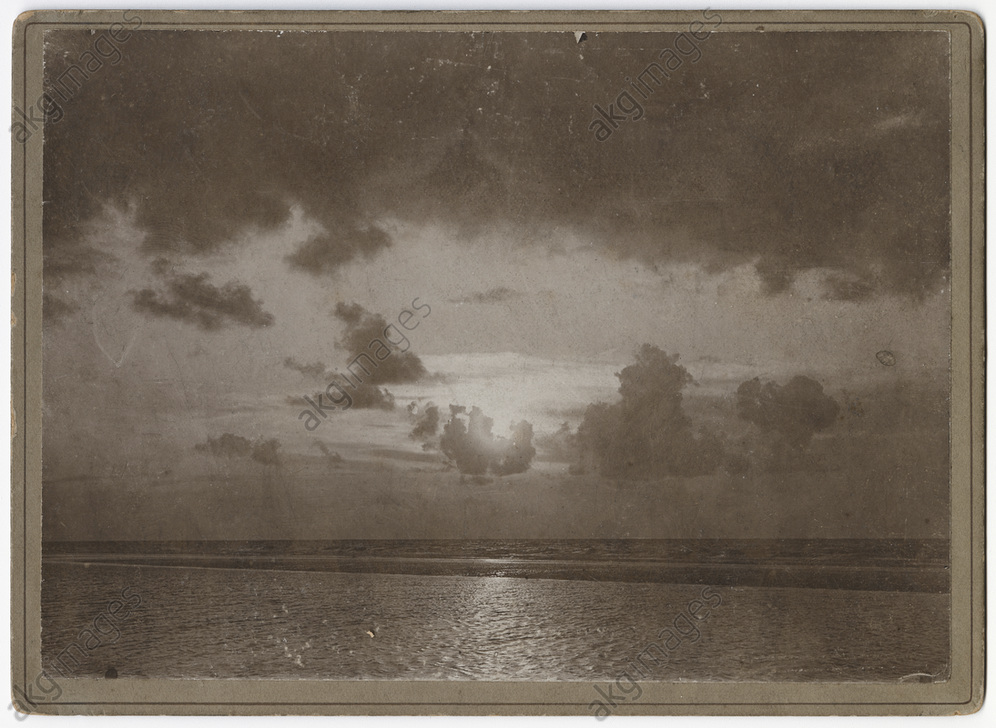
Footnotes:
1 Following further travels through Europe, Central Russia, Siberia, Africa and South America.
2 In 1980’s, I’ve done a research (project) on color photography, published in “Histoire de la photographie” Jean-Claude Lemagny et André Rouillé Bordas Paris 1986 (ISBN 2.04.012807.7).
